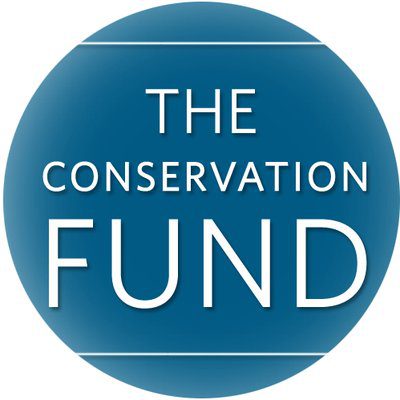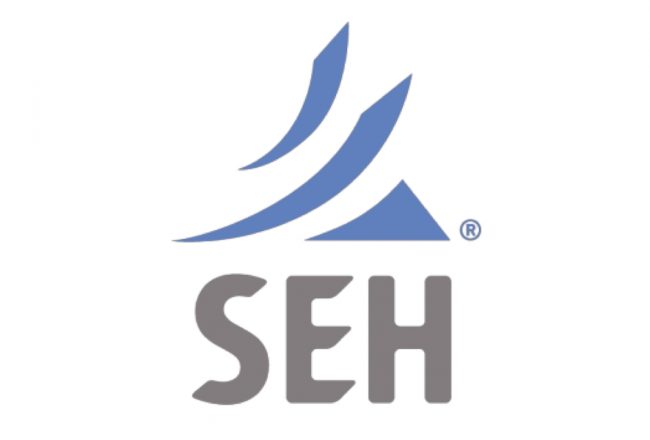Mississippi & Superior Mitigation Bank
Project Spotlight: Setting the Standard for Bog Restoration in the U.S.
In a corner of northern Minnesota, about halfway between Duluth and the Boundary Waters Wilderness, sits one of the most treasured and famous birdwatching habitats in the world: the Sax Zim Bog. Highlighted in the book and movie The Big Year (starring Steve Martin, Owen Wilson and Jack Black as jet-setting birders), the Sax Zim Bog is one of the only places in the United States’ lower 48 where one can see the Arctic and boreal bird species, including great gray, snowy, and boreal owls, as they migrate south from Canada in the coldest winters. Until only a couple of years ago, this vast habitat was both unprotected and highly degraded from almost a century of attempts to convert it into farmland.
In 2015, a unique collaboration of private investors, state and county government agencies, nonprofit organizations, and industry came together to permanently protect and restore more than 24,000 acres of the Bog without using a single dollar of government or philanthropic funding — relying instead on market forces and creative conservation.
In the Lake Superior watershed of Minnesota, about 300 acres of wetlands are impacted every year by the normal pace of development — one of the largest areas of any watershed in the U.S. Finding suitable wetland restoration sites in northern Minnesota is, however, very difficult due to the fact that the most wetlands in the region remain in their original, intact state, and are therefore not in need of restoration.
Recognizing this need, EIP, the national nonprofit The Conservation Fund, St. Louis County (the largest county east of the Mississippi River and where most of the Lake Superior watershed exists), and the State of Minnesota connected to find a solution. They found it in the Sax Zim Bog.
In the 1920s, in an effort to convert these so-called “useless” bog lands into productive farmland, St. Louis County spent millions of dollars dredging more than 80 miles of drainage ditches throughout the Bog. They succeeded in draining the Bog, but it was not enough to turn it into useable farmland. The ill-fated farmers who bought the Bog went bankrupt. They forfeited the land back to the County and the State School Trust, and there it sat for almost a century: half-drained, un-farmable, and generating no income for County or state schools.
EIP knew that if it could buy and restore the Bog, it could generate the offset credits needed by developers to comply with the Clean Water Act. But EIP couldn’t purchase the land from the County and State due to their municipal regulations surrounding land disposition. The County and State could, however, exchange the land for other land of equal or greater value — and could gain advantage if that new land could generate income to support the local schools and other social services (which is the mission of such tax forfeit lands).
The Conservation Fund found the solution in thousands of acres of working forestlands that Potlach Company was looking to sell — forestland that generated income from sustainable forestry, but was likely destined to be split up and developed. Instead, The Conservation Fund bought the Potlach lands and exchanged them for the 24,000 acres of Sax Zim Bog owned by the County and State. EIP then bought the Bog from The Conservation Fund, using its investment funds to make the Conservation Fund whole.
From 2016 on, EIP invested millions of additional dollars to restore the Bog. Using entirely local expertise and labor, our team filled in 70 miles of ditches, eradicated non-native plant species, and donated conservation easements over the land to the State of Minnesota’s Department of Natural Resources. For almost three years, EIP employed up to 13 full-time local workers, many of whom had operated heavy equipment in now-shuttered iron mines just to the north, all at or above local union labor pay.
EIP also paid a local environmental engineering firm for more than 10,000 hours (the equivalent of five full-time jobs) to design the restoration, determine how to restore the Bog’s hydrology, and measure the restoration success on the ground. As a private landowner, EIP pays property taxes to the County, and even agreed to establish a payment in lieu of taxes (PILT) fund held by the local community foundation to ensure the project continues to provide a sustainable revenue source for the local community.
Today the restored and protected Bog has found new life. Cherished by birds and bird-watchers alike, the Bog is a thriving example of how smart capital, smart government policy, and dedicated conservationists can work together to find win-win-win solutions.

Our Partners
The Conservation Fund is a national nonprofit organization that works with public, private, and other nonprofit partners to protect America’s legacy of land and water resources through land acquisition, sustainable community and economic development, and leadership training. The Fund’s deep experience in land transactions helped EIP accomplish an historic multi-party land exchange to assemble the 24,000 acres that constitute the Lake Superior Mitigation Bank.

Headquartered in St. Paul, MN, Short Elliot Hendrickson’s regional wetland specialists worked with EIP to help us design, plan, and create the nearly 24,000-acre-wide bog restoration across Northern Minnesota. EIP’s innovative techniques and national footprint, combined with SEH’s intimate knowledge of the area, made for a strong and successful partnership.

Midwest Amphibious Equipment has been an integral EIP partner from the beginning of our Minnesota work. MAE’s visionary founder Steve Gilbertson recognized the opportunity to perform large-scale wetland restoration to service Minnesota’s Iron Range region, and innovated amphibious equipment tools and techniques specific to Minnesota’s wetland environments. MAE has managed the construction of EIP’s three Minnesota mitigation banks, and also handles the sales of these mitigation credits.
